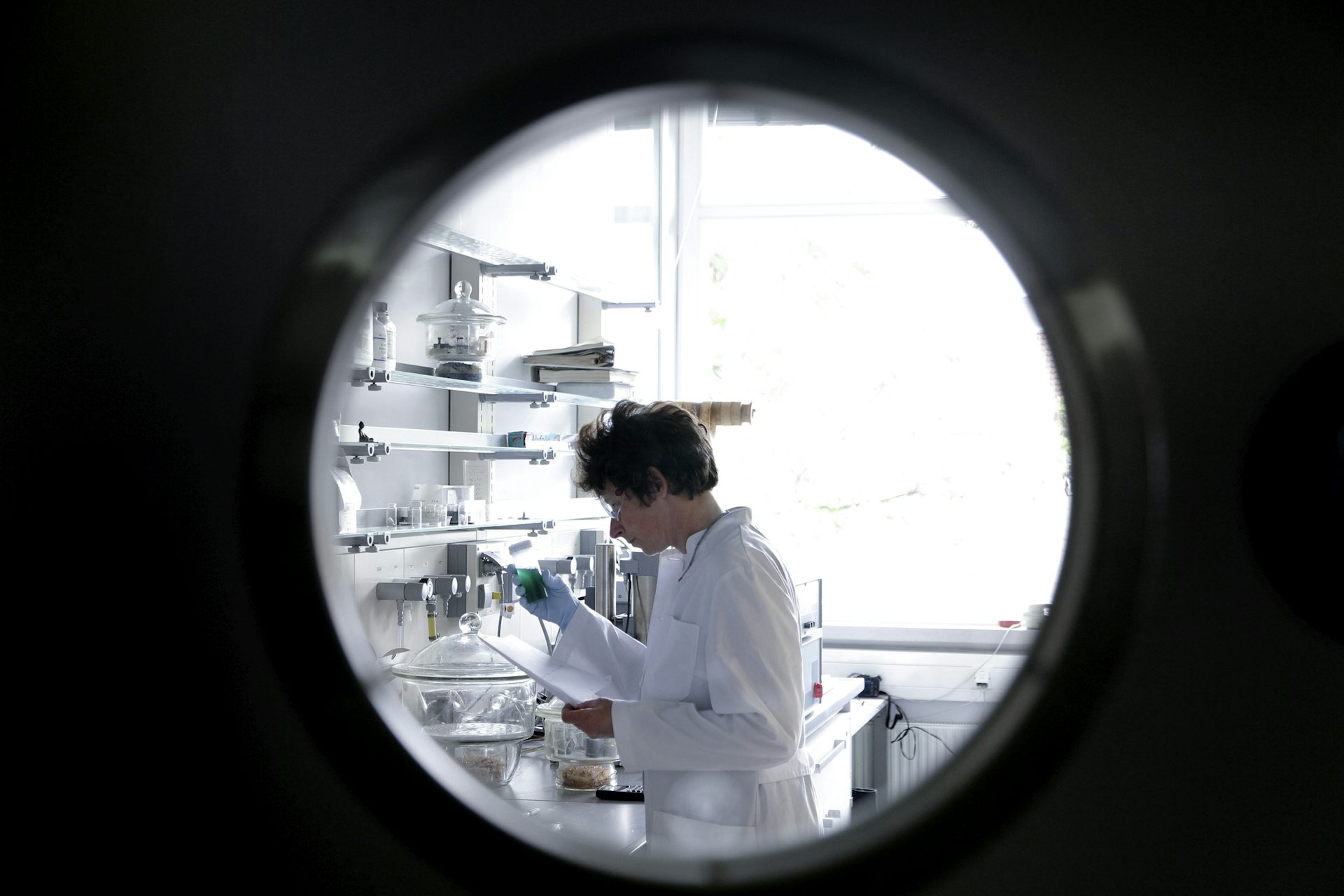Why Hurricane Harvey donors shouldn't boycott the Red Cross
There are reasons to channel Harvey aid through the nonprofit despite evidence that it wasted money following Haiti's earthquake and fumbled Superstorm Sandy relief efforts.
As with all natural disasters, the public and the business world have reacted with an outpouring of aid for people suffering from Hurricane Harvey’s extensive damage.
The usual appeals for Americans and U.S. companies to open their wallets, however, have been accompanied by increasingly loud calls from some corners urging donors to avoid the American Red Cross, the well-established nonprofit that is part of the worldwide Red Cross and Red Crescent network.
What’s driving this emerging #noredcross movement is investigative reporting that documented wasteful spending after the 2010 earthquake in Haiti and irregularities in relief efforts following Superstorm Sandy and other domestic disasters.
As an accounting scholar who has researched the finances of charities for years, I’m usually the first to criticize waste. But in this case, I believe the Red Cross’s repeated financial and operational missteps need to be put in context.
While being mindful with other people’s money is essential, so is having enough resources in place to do what’s needed during emergencies. And few charities have the resources the Red Cross can muster.
A troubling pattern
Facebook apparently disagrees.
Although the social network partnered with Red Cross affiliates during campaigns to aid victims of Typhoon Haiyan in 2013 and the Ebola outbreak of 2014, it chose not to match donations to the group as a part of its effort to help Harvey victims.
Instead, Facebook drummed up support for the Center for Disaster Philanthropy, matching the first US$1 million in funds donated to the group for Harvey victims.
Facebook’s decision and the recent calls for Harvey donors to steer clear of the Red Cross are part of a a troubling pattern. The public often views high-profile charities as infallible until their mistakes come to light. Then, supporters quickly abandon the groups.
The Wounded Warrior Project, an organization that helps injured veterans, recently experienced this fall from grace when it went from a household name to being called out for excessive spending on advertising and conferences. Despite seeing its donations plummet, the veterans’ charity is continuing its work and trying to get back on what Eric Miller, its chief financial officer, calls a “growth trajectory.”
But the reality is that the vast majority of nonprofits have both critical expertise and fixable flaws rooted in good intentions.
Donors may be tempted to bypass the Red Cross and support other charities. Invariably, though, those groups are just as imperfect. It’s best to understand both the expertise and flaws of each charity, push for improvements and support a range of organizations that collectively possess the expertise needed to help people in need.
Indispensable in a big crisis
Since its shortcomings are both well-documented and getting lots of attention, I think it’s important to highlight what the Red Cross offers:
It can scale up fast. Despite mistakes, it has the assets to address the problems that smaller local organizations naturally lack. With more than a $2.5 billion budget, the American Red Cross can support much smaller local institutions like the Greater Houston Community Foundation, which has a budget of around $100 million.
It has experience coordinating the various needs of flood- and hurricane-ravaged areas and partnering with local and federal government agencies. That ability to get various relief providers to cooperate is essential right now.
It has a network of over 300,000 volunteers with medical and disaster relief experience, many of whom speak multiple languages. While trained volunteers don’t show up in the financial statements, in many ways they are the most important assets charities bring to the table.
It has the infrastructure needed to collect and distribute blood, which is invaluable for disaster relief. Not only do natural disasters increase the local need for blood, they also disrupt the national supply – 40 percent of which The Red Cross manages.
Although several journalists, activists and scholars are urging donors to avoid the Red Cross, other high-profile appeals, such as those from former President Barack Obama, First Lady Melania Trump and many businesses, are encouraging giving to the 136-year-old organization.
Based on my research about the spending and effectiveness of charities, I can acknowledge the shortcomings of the Red Cross and still see it as a force for good.
It’s true, the American Red Cross would benefit from an overhaul that would make it more efficient and nimble during emergencies. It also should humbly admit its mistakes and rectify them. But without this organization, there would be devastating gaps in the Harvey recovery effort.
Brian Mittendorf does not work for, consult, own shares in or receive funding from any company or organization that would benefit from this article, and has disclosed no relevant affiliations beyond the academic appointment above.
Read These Next
How to reduce gift-giving stress with your kids – a child psychologist’s tips for making magic and a
Depending on family circumstances and a child’s personality type, gift giving runs the gamut of fun…
‘This year nearly broke me as a scientist’ – US researchers reflect on how 2025’s science cuts have
US science lost a great deal in 2025, including tens of billions of dollars of federal funding, entire…
Unpaid caregiving work can feel small and personal, but that doesn’t take away its ethical value
Debating whether to step back from a career to take on caregiving responsibilities can be a tough decision…





